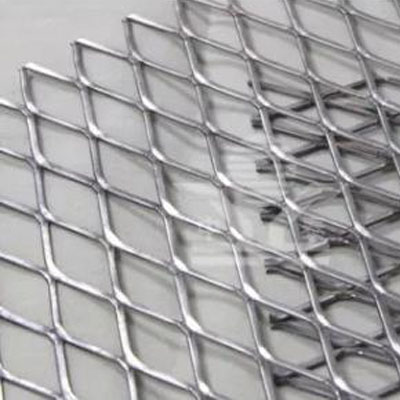Temporary Acoustic Barriers A Sound Solution for Urban Environments
As urban areas continue to expand, the challenges of noise pollution become increasingly apparent. One effective solution that has emerged in recent years is the use of temporary acoustic barriers. These structures play a crucial role in mitigating unwanted sound, particularly in construction zones, outdoor events, and other activities that generate excessive noise. This article explores the benefits, applications, and effectiveness of temporary acoustic barriers in enhancing urban soundscapes.
Understanding Temporary Acoustic Barriers
Temporary acoustic barriers are typically made from materials such as plywood, composite panels, and specialized sound-absorbing fabrics designed to reduce noise transmission. They are often used in scenarios where longer-term solutions might be impractical or too costly. The design of these barriers can vary, with some featuring simple walls while others include advanced noise-dampening technology.
Benefits of Temporary Acoustic Barriers
One of the primary advantages of temporary acoustic barriers is their flexibility. They can be quickly deployed and removed, making them ideal for short-term projects such as construction sites or outdoor festivals. This adaptability allows for a rapid response to noise complaints from nearby residents, helping to maintain community relations.
Furthermore, these barriers can significantly reduce noise levels. Studies have shown that properly installed temporary acoustic barriers can lower sound levels by as much as 10 to 20 decibels, making a substantial difference in the experience of those living or working near noise sources. This reduction can lead to improved health and well-being, as chronic exposure to high noise levels is linked to various health issues, including stress and sleep disturbances.
Applications in Urban Settings
temporary acoustic barrier

Temporary acoustic barriers are commonly used in a range of urban settings. During construction projects, they serve as a crucial tool for keeping noise levels manageable. Construction activities can generate formidable noise, which can disrupt the daily lives of residents and local businesses. Installing acoustic barriers not only helps to comply with local noise regulations but also fosters goodwill among the community, demonstrating a commitment to minimizing the impact of construction on their lives.
Additionally, temporary acoustic barriers can be beneficial in outdoor events such as concerts, festivals, or sporting events. These occasions often attract large crowds and can produce significant noise that may disturb nearby neighborhoods. By erecting acoustic barriers, event organizers can create a more pleasant atmosphere for attendees while reducing the potential for noise complaints from local residents.
Effectiveness and Considerations
While temporary acoustic barriers are effective in reducing noise, their performance depends on several factors, including height, material, and placement. For optimal results, barriers should be strategically placed between the noise source and the areas that require protection. The height of the barrier also plays a critical role—taller barriers tend to perform better at blocking noise.
However, it is essential to use high-quality materials that are specifically designed for sound absorption. Not all materials provide the same level of sound insulation, and choosing the right type can make a significant difference in effectiveness.
Conclusion
In an age where urbanization continues to grow, managing noise pollution is more important than ever. Temporary acoustic barriers offer a practical, effective, and flexible solution for mitigating unwanted sound in various scenarios. By integrating these barriers into urban planning and project management, we can create quieter, more pleasant environments for all residents. As cities strive for a balance between progress and livability, the role of temporary acoustic barriers will undoubtedly become increasingly significant in our soundscapes.
-
Why Galvanized Trench Cover Steel Grating Resists Corrosion
NewsJul.10,2025
-
The Versatility and Strength of Stainless Expanded Metal Mesh
NewsJul.10,2025
-
Load Calculations in Steel Grating Platforms
NewsJul.10,2025
-
Keeping Pets and Kids Safe with Chicken Wire Deck Railing
NewsJul.10,2025
-
Hole Diameter and Pitch for Round Perforated Metal Sheets
NewsJul.10,2025
-
Aluminium Diamond Mesh in Modern Architecture
NewsJul.10,2025
Subscribe now!
Stay up to date with the latest on Fry Steeland industry news.

